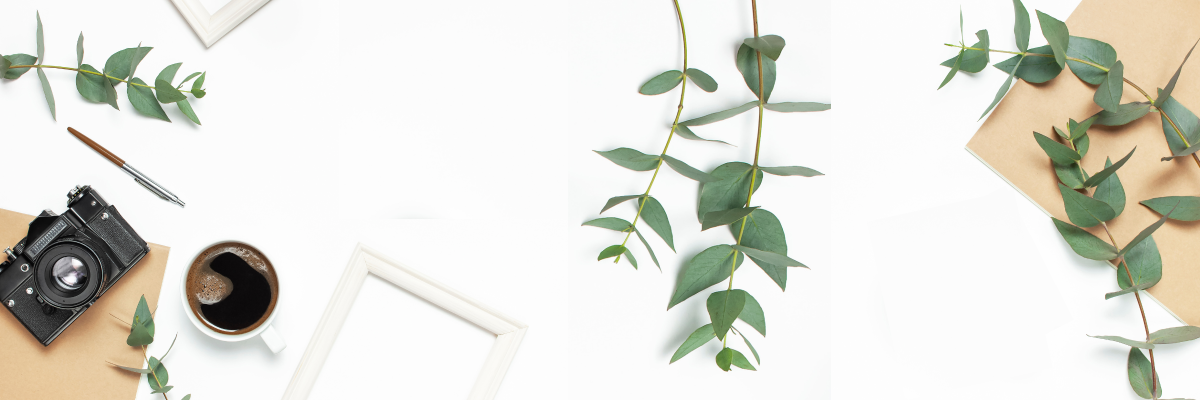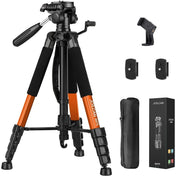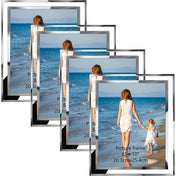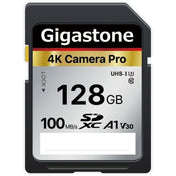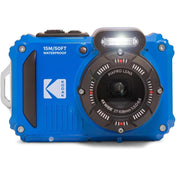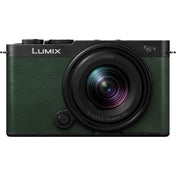Welcome to the fascinating world of camera lenses! Whether you're a budding photographer or a seasoned pro, understanding different types of camera lenses and their uses is crucial for capturing stunning images. Let's dive into the essential aspects of camera lenses and how they can elevate your photography skills.
What Is a Camera Lens?
A camera lens is a complex optical device that focuses light onto your camera's sensor (or film). Different lenses allow for varying perspectives, depths of field, and image qualities. The right camera lens can dramatically change the outcome of your shots. Let's explore the essential types of camera lenses, their properties, and when to use them.
Types of Camera Lenses
Prime Lenses
Prime lenses feature a fixed focal length, meaning they don't zoom in or out. Typically offering superior optical quality, these lenses are ideal for photographers who want a specific field of view. Common options include:
- 35mm: Great for everyday photography, portraiture, and documentary.
- 50mm: Known as the “nifty fifty,” perfect for portraits and low-light conditions.
- 85mm: A favorite for portrait photographers, offering a flattering composition of facial features.
Prime lenses often have wider apertures, providing enhanced capabilities for blurring backgrounds (bokeh) and achieving low-light performance. This makes them a smart choice for photography enthusiasts aiming to elevate their work.
Zoom Lenses
Zoom lenses allow you to change the focal length within a specific range, offering flexibility and convenience in diverse shooting situations. Common types include:
- Standard Zoom: Typically ranges from 24mm to 70mm, suitable for versatile shooting scenarios.
- Wide-Angle Zoom: Generally ranges from 14mm to 24mm, perfect for landscapes and architectural photography.
- Telephoto Zoom: Ranges from 70mm to 200mm, excellent for wildlife photography, sports events, or any situation where you can't get close to the subject.
Zoom lenses offer the unique advantage of switching perspectives without needing to change lenses. This allows photographers to react quickly to changing environments, which is especially beneficial during events or travel photography.
Wide-Angle Lenses
Wide-angle lenses have a short focal length (typically less than 35mm) and a broader field of view, making them ideal for capturing expansive scenes such as landscapes, architecture, and interiors. These lenses are perfect for:
- Creating dynamic compositions.
- Capturing more subjects in a single frame.
- Enhancing perspective and depth in your shots.
Due to their ability to exaggerate distances, wide-angle lenses can create compelling images that draw viewers into the scene.
Telephoto Lenses
Telephoto lenses have a long focal length (usually starting from 70mm) that magnifies distant subjects. These lenses are ideal for:
- Wildlife photography, where you may need to maintain a safe distance from your subject.
- Sports events, allowing you to capture the action without being in the middle of it.
- Portrait photography, where you want to create a flattering compression effect for your subject.
Telephoto lenses compress space and create a pleasing bokeh effect, making them a favorite among portrait photographers.
Specialized Lenses
Macro Lenses
Macro lenses are designed for extreme close-up photography, ideal for capturing the intricate details of small subjects such as insects, flowers, or even textures. With a reproduction ratio of 1:1 or greater, these lenses allow you to explore a world often overlooked.
Fisheye Lenses
Fisheye lenses provide an ultra-wide field of view and create distinctive spherical distortions, making them popular for artistic and experimental photography. They're perfect for:
- Capturing dynamic and playful images.
- Photographing action sports, where the exaggerated perspective enhances the motion.
- Creative photography projects where unconventional visual approaches stand out.
Tilt-Shift Lenses
Tilt-shift lenses offer unique control over perspective and depth of field. They are commonly used in architecture to correct distortion and maintain straight lines. These lenses can also create miniature effects, making scenes appear as if they are models. Photographers who enjoy experimenting with effects will find tilt-shift lenses particularly useful.
How to Choose the Right Lens
Knowing the types of lenses is one step; selecting the right one for your photography style is another. Here are a few tips to guide you in making the best choice:
- Consider Your Style: Are you focusing on portraits, landscapes, or action shots? Your main photography genre should influence your lens selection.
- Budget: Lenses can range significantly in price. Determine what you are willing to invest for your needs and stick to your budget.
- Experiment: If you can, rent lenses before buying them to see how they feel and perform with your camera.
- Weight and Size: If you plan to carry your camera around, a lighter lens may be more comfortable for long periods.
- Compatibility: Ensure that the lens you choose is compatible with your camera body, including autofocus features.
Enhancing Your Photography with Accessories
While lenses are crucial for photography quality, various accessories can further enhance your shooting experience. One such accessory is the Wireless Remote Selfie Stick.
The Wireless Remote Selfie Stick
This nifty gadget allows you to take self-portraits and group shots without needing someone to press the shutter button for you. Ideal for travelers or photographers capturing moments from unique perspectives, it's easy to see the advantages this tool brings to your photography toolkit.
Using a Wireless Remote Selfie Stick
Here are several tips to maximize the benefits of using a Wireless Remote Selfie Stick:
- Adjusting for Your Lens: Depending on the type of lens you’re using, ensure that the selfie stick can accommodate your camera’s weight and size.
- Finding the Perfect Angle: Since you have the freedom to position it away from you, experiment with different angles to capture the best shots.
- Self-Timer Functionality: Use the timer on your camera in combination with the selfie stick for additional creative options.
- Group Shots Made Easy: Perfect for gatherings, it allows everyone to be part of the picture without needing to ask a stranger for help.
Mastering Lens Care and Maintenance
Keeping your lenses in optimal condition is essential for ensuring longevity and performance. Here are some best practices for lens care:
- Use Protective Filters: Consider using UV or polarizing filters to safeguard your lens’ glass from scratches and dirt.
- Regular Cleaning: Use a microfiber cloth and appropriate cleaning solution to keep your lenses smudge-free.
- Store Properly: When not in use, keep your lenses in a padded bag or hard shell case to protect them from impacts and dust.
Remember, taking good care of your lenses guarantees that they will serve you well for years to come, enhancing your photographic journey.
Unlocking Your Creative Potential
Understanding various camera lenses is a powerful step toward taking your photography to new heights. The key lies in experimenting and finding the right lens for your unique style and creative vision. By combining your knowledge of lenses with accessories like the Wireless Remote Selfie Stick, you're fully equipped to capture the world in all its beauty.
So go ahead, explore the amazing possibilities that different lenses can offer, and let your imagination flourish! Start your photographic adventure today and watch as your skills grow with every click of the shutter.

